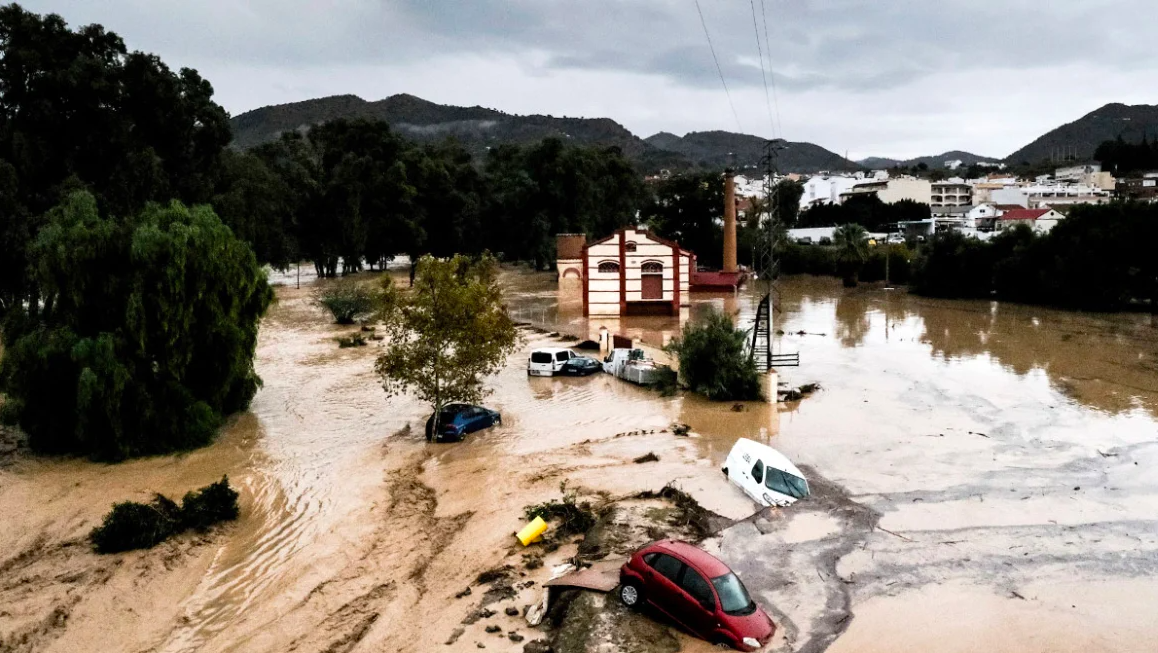The floods in the Valencia region of Spain have taken on the dimensions of a national tragedy, with reports by Wednesday afternoon indicating at least 51 fatalities.
Attempting to explain why such intense flooding occurred in the Valencia area, the director of the Hellenic National Meteorological Service, Theodoros Kolydas, made a post on X (formerly Twitter) referring to the phenomenon of Rex Blocking.
As he specifically notes:
✅ A blockage of air masses in Spain caused heavy rainfall and widespread flooding. Although the rainfall amounts were not particularly extreme, they severely impacted the infrastructure of Valencia. Blockages of either Omega or Rex type require special attention, as do the barometric lows that form in the Central Mediterranean and move toward our region.
✅ We conclude by pointing out that over 100mm of rain in an area is enough to create flooding, as happened in October 1994 when the Podoniftes River was filled in.
The second-highest daily rainfall since 1996
At the same time, climatebook.gr conducted its analysis of the phenomenon, noting that “the Spanish Meteorological Agency (AEMET) announced that the highest daily rainfall was recorded in the Chiva area, 30 km west of Valencia, totaling 445.4 mm.”
This amount is “the second-highest daily rainfall recorded in Spain, after the 520 mm in the city of Tavernes de la Vall on September 11, 1996.”

Preliminary satellite data recorded by the scientific team indicate that a large area of Eastern Spain received over 100-150 mm of rain (180 mm in the center of Valencia), with localized amounts exceeding 250 mm in less than 24 hours.
Rescue operations activated
The authorities have activated rescue operations, while many residents were trapped in homes or vehicles, with damages including extensive destruction of infrastructure and roads.
Valencia, Catalonia, and other areas remain on high alert, as weather conditions are expected to remain unstable through the upcoming weekend.
Ask me anything
Explore related questions





